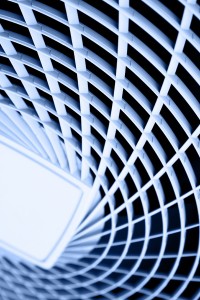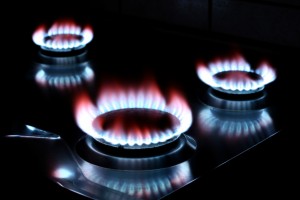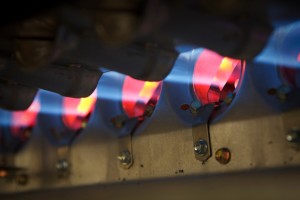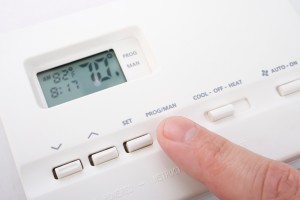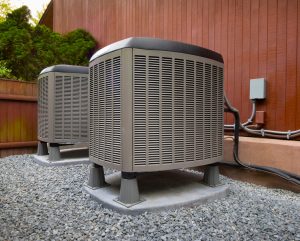 In our last blog post, we looked at the ways summer heat puts strain on your air conditioner and how this leads to needing to call us for repairs.
In our last blog post, we looked at the ways summer heat puts strain on your air conditioner and how this leads to needing to call us for repairs.
But as you know as a resident of Louisiana, heat is only half the story during summer. The other half: HUMIDITY. The scary eight letters! Our air conditioning systems in Shreveport, LA face special challenges because the moisture in the air is especially high. This not only means needing to run air conditioners for longer (putting more strain on their components), it also means the moisture causing wear to the AC.

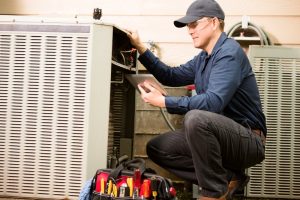 During spring is when we encourage our customers, as well as our soon-to-be customers, to arrange for regular
During spring is when we encourage our customers, as well as our soon-to-be customers, to arrange for regular  How humid can it get here in Louisiana during the spring and summer? If you’ve already lived her for at least a single year, you know the answer is incredibly humid. The average daily high for humidity through most of the year is 90%, and it’s rare to dip below 50%. Humidity tends to reach its peak in October, but we don’t receive anything like a break from it during the summer. This is why having a dehumidifier installed in a home is so helpful.
How humid can it get here in Louisiana during the spring and summer? If you’ve already lived her for at least a single year, you know the answer is incredibly humid. The average daily high for humidity through most of the year is 90%, and it’s rare to dip below 50%. Humidity tends to reach its peak in October, but we don’t receive anything like a break from it during the summer. This is why having a dehumidifier installed in a home is so helpful. Two weeks ago, we took a look at making
Two weeks ago, we took a look at making 